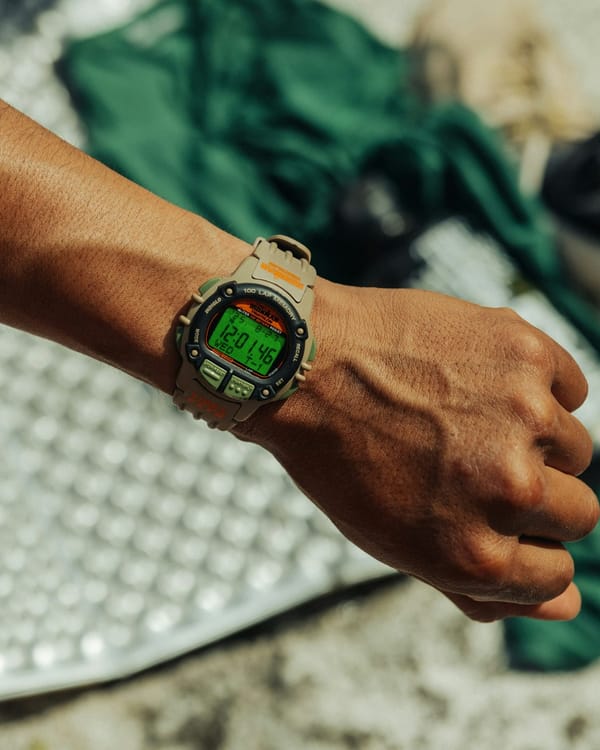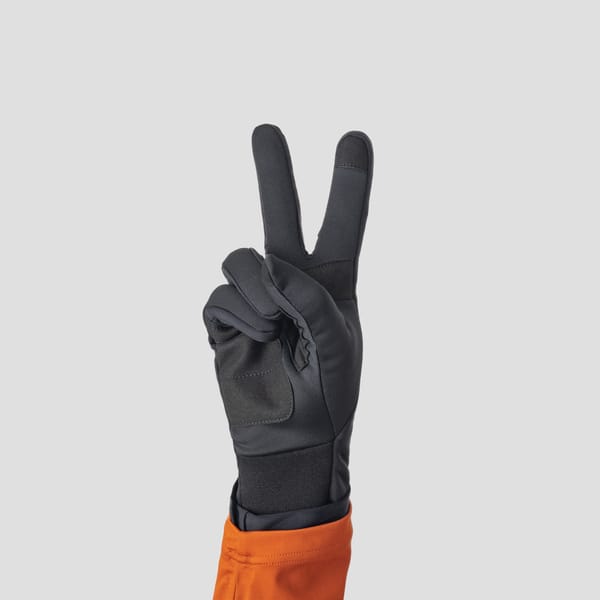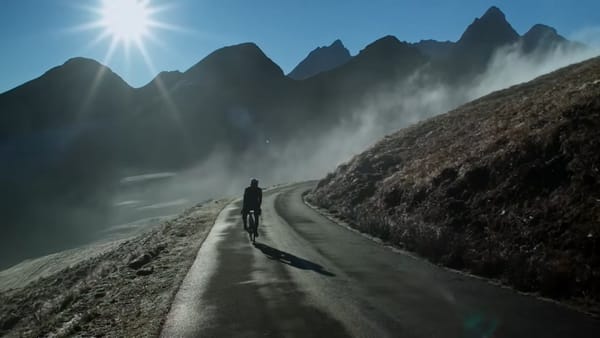The Case for a $550 Film Camera in 2025
Lomography's new MC-A camera caught my eye. As a tinkerer and a dad, I'm less interested in the specs and more in the idea of a dedicated, analog tool for capturing memories.
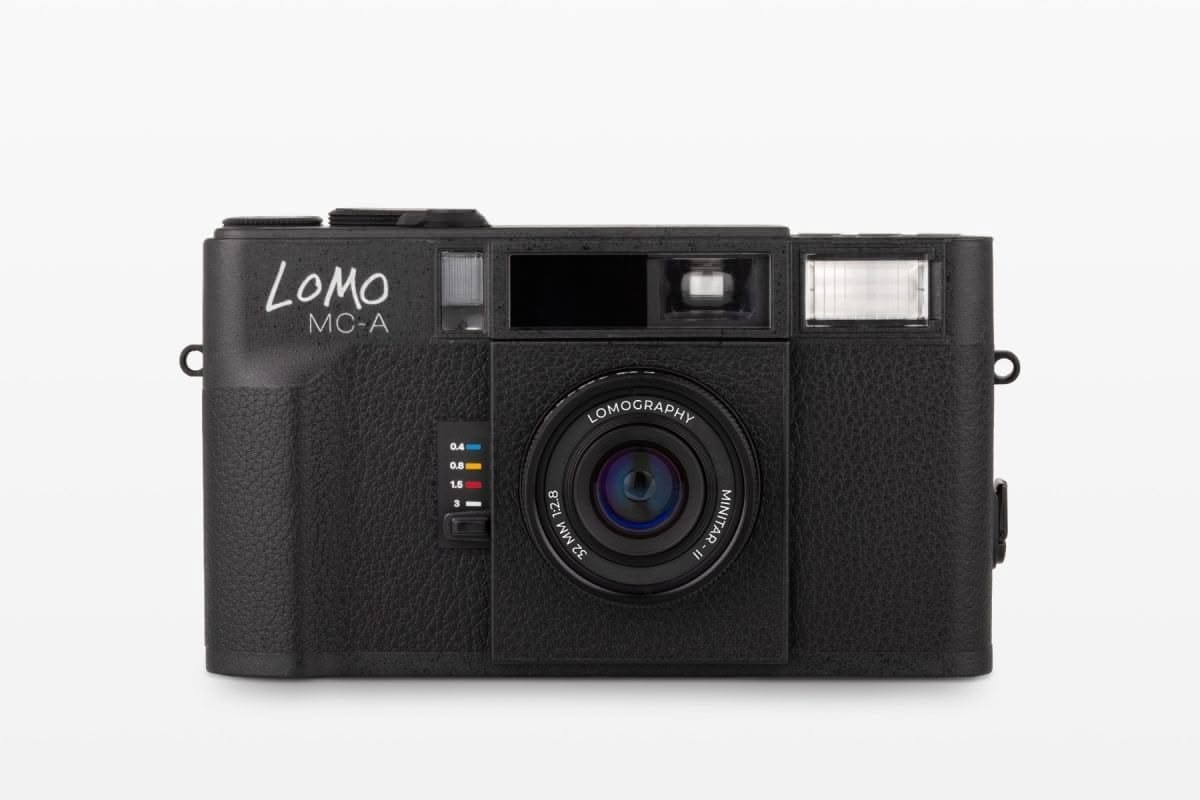
This new Lomography MC-A camera caught my eye this morning, and my first reaction was, "Wait, Lomo is making a $550 camera?" I’ve always filed their stuff in the "fun toy" category—plastic lenses, light leaks, all very unpredictable. But this one... this one feels different.
It’s got a metal body, a 32mm f/2.8 glass lens, and full manual controls. That’s the part that gets the "tinkerer" in me paying attention. It’s not just a black box; it’s a tool. It has modern conveniences like autofocus and aperture priority, but also the option for full-on manual control and zone focusing. I love that flexibility. And call me old-fashioned, but the manual film advance lever? That's the kind of tactile, mechanical feedback I appreciate, whether it's indexing a gear on my bike or using a hand plane. It’s a physical process, not just tapping on a piece of glass.


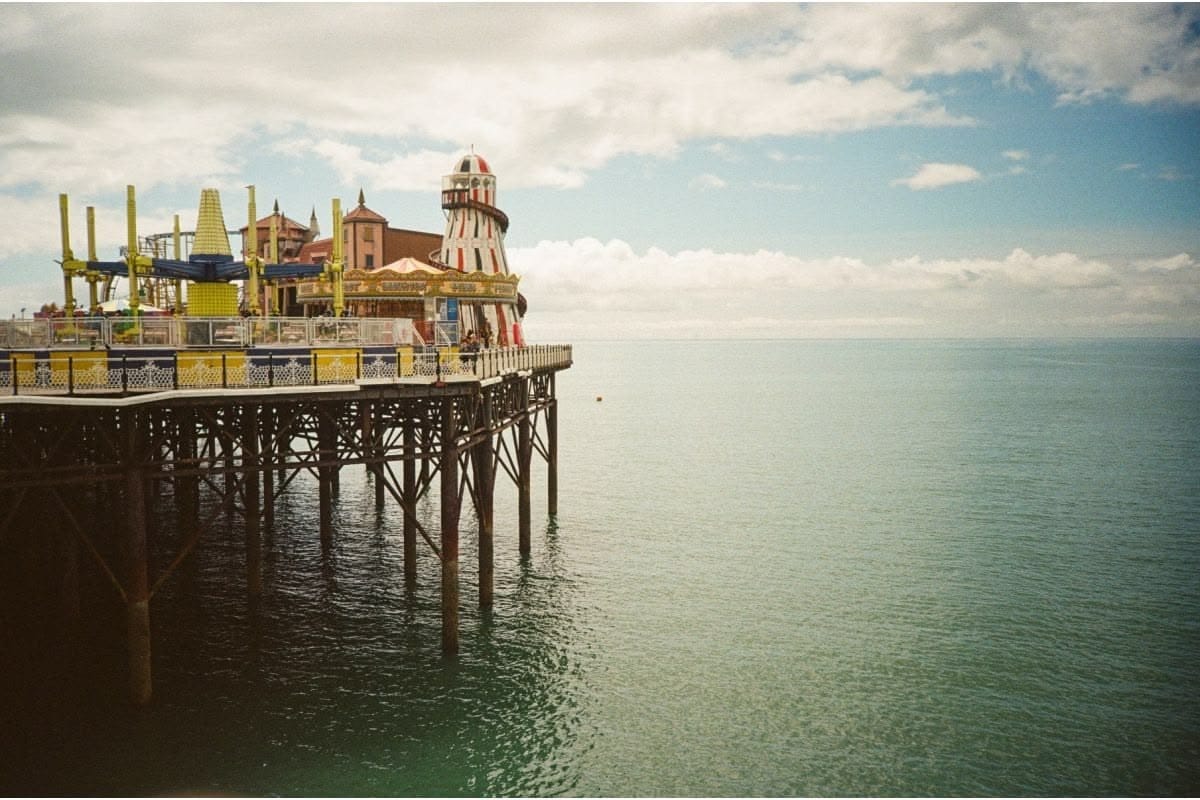






I’ve been mulling over my relationship with my phone camera lately. It’s just too easy, which means it’s also kind of meaningless. I’ll come back from a weekend hike or a day at the park with my daughters and have 200 new photos that just get dumped into a massive, noisy digital hoard. The appeal of 35mm film is the hard limit. 36 exposures. It forces you to be intentional, to slow down and decide if this specific moment is the one.
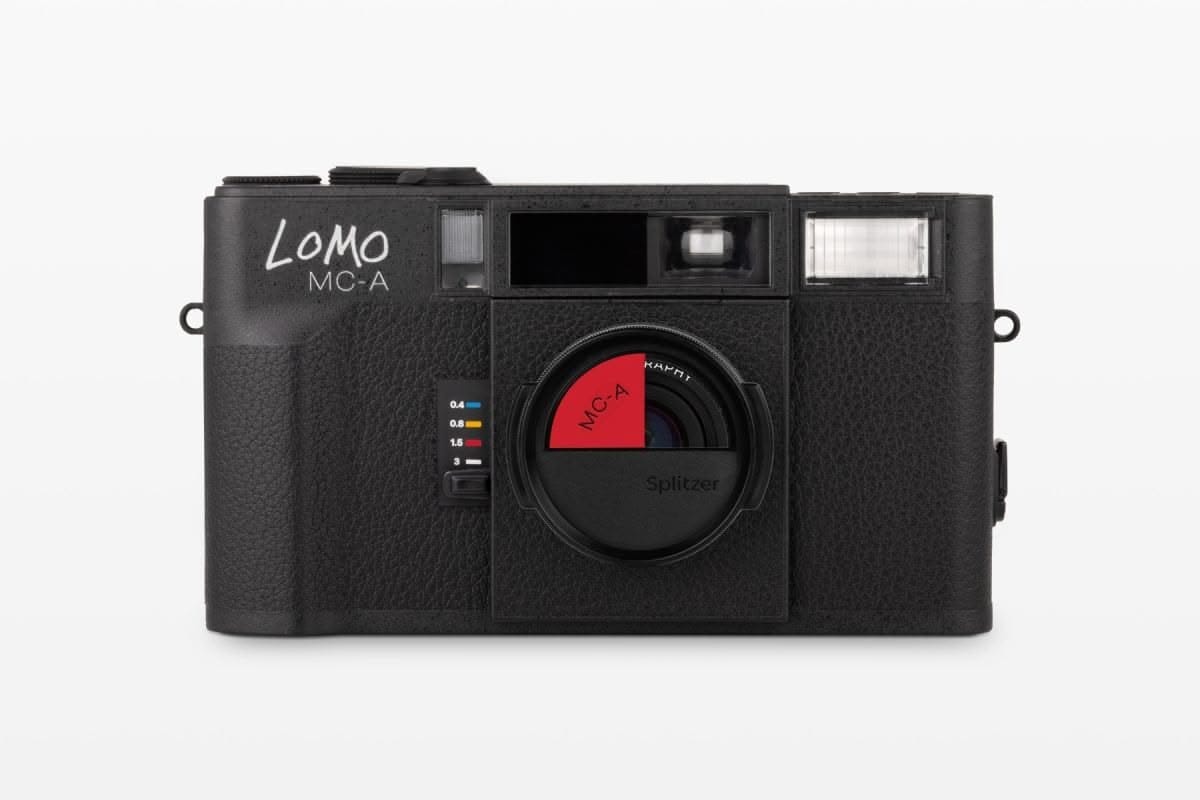
From a data-driven perspective, $549 is a steep price for a point-and-shoot, especially from a brand known for quirks (and yes, this still has flash gels and a cringey slogan on the body). But I’m not looking at it as a replacement for my phone. I’m looking at it as an antidote to my phone. I’m genuinely intrigued by the idea of a dedicated, single-purpose, analog tool for just capturing life.




